
This is a common phenomenon for many to feel that they have water stuck in the ears after a swim, dive or even a bath. This can be in both ears or any one of them. (Know More: What is Swimmer’s Ear and its Treatment? ) In some instances, your hearing also gets impacted. Not a problem in normal circumstances, but leaving excess water inside the ear canal can increase the chances of various infections. The only question that comes to mind is, how to get rid of fluid from the ear?
Table of Contents
Tips to Get Water Out of the Ear
Create a Vacuum
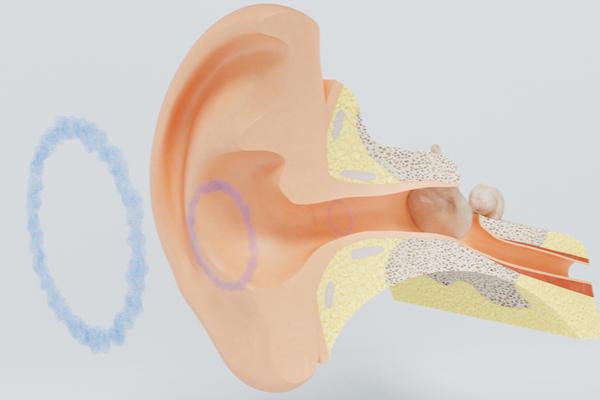
A vacuum inside the ear can help the water to be sucked out of the ears. But the trick lies in creating the vacuum. You can try the following steps-
- Tilt your head down or lay on one side with one hand flat over the ear so that the gravity allows the water to trickle down.
- Now cup and flatten the palm to create a vacuum within the ear rapidly. This will help to pull the water out or at least move it somewhere.
Use a hairdryer
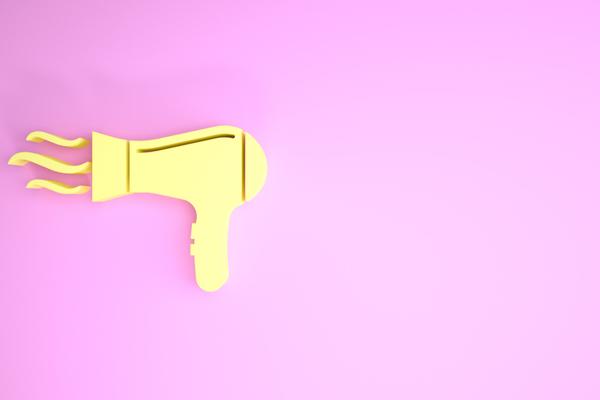
Gently dry your ears with the help of a hairdryer on a cool setting. Don’t hold the dryer too close to the ears or else you can burn it. While blow-drying, you can try pulling the ear lobes towards the shoulder or gently move it side to side.
Try olive oil

Under normal circumstances, oil is used to clear ear wax. This has also proven to repel water from the ear. Warm some olive oil in a bowl and put some drops inside the ear. Lie like this for a few minutes and then turn and tilt the affected ear downwards.
Also Read: What does Ear Wax Indicate for Your Health?
Use steam
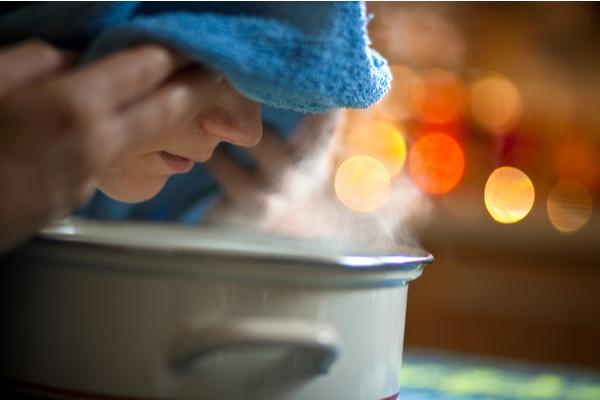
Use mini steam for the ears. You just have to put your face over a bowl of hot steaming water with the head and bowl covered with a towel to keep the steam in. For five to ten minutes, inhale the steam and then tilt your head sideways. If you are unwilling to inhale steam from a bowl, you can take a hot shower.
Also Read: Doctor’s Advice on: Will A Retracted Eardrum Fix Itself?
Put a warm compress over the ear
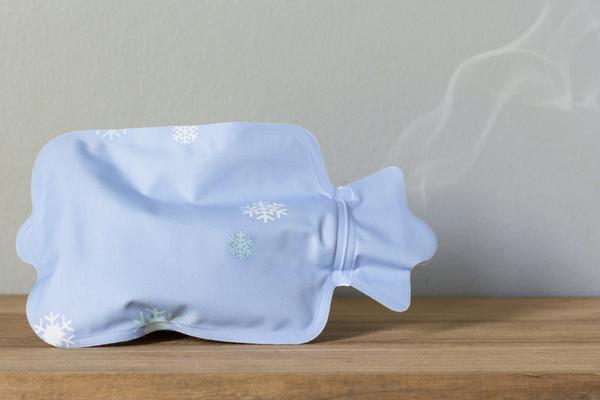
Soak a washcloth in warm water and remove excess water. Apply it outside the ear for 30 seconds and remove it. Repeat this a couple of times. The heat from the cloth may help to unclog the auditory tubes.
Also Read: Know the Do’s and Don’ts to Clean your Ears
What to avoid when there’s water in the Ears?
Never put anything inside the ears
If you have water stuck in the ears, remember NOT to put anything inside such as cotton swabs, fingers or fingernails. If you use cotton swabs, this can accidentally push the water further inside the ear including the earwax.
Never put any kind of drops in your ear
If you recently had an ear surgery of a ruptured eardrum and water gets stuck inside the ear, it is best to avoid any kind of drops inside the ear.
How to prevent water from entering the ears?
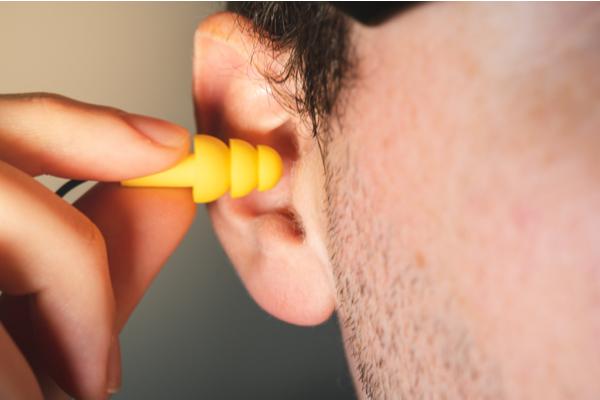
It is quite easy to get water gets stuck inside the ears during a swim or bath. You can wear earplugs that are easily available over-the-counter or purchase prescribed earplugs that are designed for underwater purposes. Although more expensive than the typical form of earplugs, these can be custom-fit, washable and reusable.
Also Read: Ear Drainage and Its Fix!
Is it risky when water gets stuck in the ears?
Sometimes, water stuck in the ears can create serious health hazards. The middle and inner ear is protected by a sticky, water-repellent substance known as cerumen. This is the earwax inside the ear. When water enters the ear, the earwax gently trickles the water. But in rare cases, the water may get stuck which provides favorable conditions for the bacteria to grow. This gives rise to infections including swimmer’s ear.
Some of the symptoms of swimmer’s ear are-
- Itching and redness inside the ear canal
- Clear, odorless fluid oozing out
- Mild discomfort inside the ears
The bacterial infection can be easily prevented by keeping both the ears dry. Moreover, people who have already suffered from swimmer’s ears before are more prone to developing them again. So people who already have a past with a swimmer’s ear should be extra cautious.
A few more words
It is not compulsory that fluid gets trapped only in the middle ear. Sometimes, fluid can also be trapped behind the eardrum. Although you may experience the same symptoms of water being trapped in the middle ear, the conditions are totally different.
You won’t be able to get rid of the fluid behind the eardrum by following any of the above-mentioned tips. Usually, the treatment involves the surgical placement of ventilation tubes to get out the water stuck behind the eardrum.







